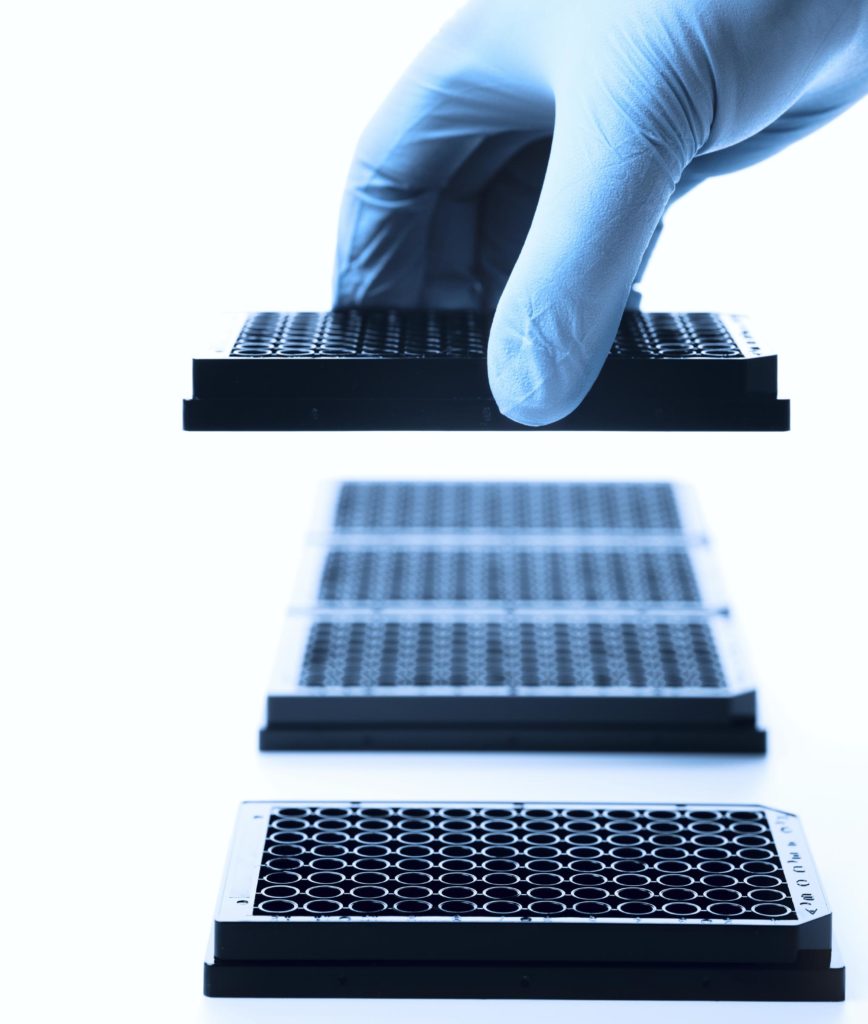Determining the mechanisms of response and resistance to treatment in bladder cancer
Improving the efficacy of immune checkpoint inhibitors
A worldwide collaboration involving Prof Thomas Powles, from our Centre for Experimental Cancer Medicine, has revealed mechanisms involved in the development of response and resistance to an immune checkpoint inhibitor in metastatic urothelial cancer. The findings may highlight ways to improve the efficacy of this treatment in the hope of achieving long-term remission for patients.

Immune checkpoint inhibitors, a class of immunotherapeutic drug, have been shown to induce robust responses in patients with a variety of cancer types. These drugs block proteins that prevent the immune system from destroying cancer cells.
To uncover the determinants of response and resistance to atezolizumab, the team categorised 300 patients with metastatic urothelial cancer into responders and non-responders and looked at the DNA sequences of their tumours.
Notably, the team observed high levels of a particular signalling molecule- called transforming growth factor b (TGFb) protein- in the tumours of the non-responders that were associated with reduced overall survival.
The immune system versus cancer
Some cells of the immune system are capable of recognising and killing cancer cells. In order to kill cancer cells, the immune cells must be able to move from the blood vessels into the tumour. Immunotherapies exploit this power of the immune system to help kill cancer cells; however, the cancer may evolve to develop ways to evade this.
Atezolizumab binds specifically to a protein known as programmed death-ligand 1 (PD-L1) on the tumour cell surface. Without atezolizumab, PD-L1 usually binds to a protein on the surface of immune cells, acting as an ‘off switch’ to inhibit the activation of the immune cells and stopping them from detecting and attacking the cancer.
In this study, high levels of TGFb were associated with ‘immune-excluded’ tumours, in which T cells- a type of immune cell- surround the tumour but are unable to successfully break through it to attack the tumour effectively. The study, funded by Genentech and published in Nature, suggests that the high levels of TGFb found in the non-responders may limit the effects of atezolizumab by restricting the movement of T cells in the space surrounding the tumour.
The use of novel combinations to improve clinical outcome

By using animal models that mimic the immune-excluded tumours, the team showed that by blocking both PD-L1 and TGFb using specific inhibitors there was a significant reduction in tumour burden. This combination therapy converted the immune-excluded tumours into an immune-infiltrated type, in which the immune cells were able to enter and attack the tumour.
Prof Powles said:
This is a step towards improving the accuracy of immune checkpoint inhibitors in bladder cancer. We need to identify which patients respond to therapy, and the TGFb/PD-L1 axis may well be translated into other tumour types and be important beyond bladder cancer.
What are the next steps?
In many patients, immune checkpoint inhibitors are not successful and the disease progresses. It is therefore critical to identify ways to improve drug response in the hope of achieving long-term remission for patients.
The study, performed in collaboration with researchers from Genentech, Lund University, Fios Genomics, Netherlands Cancer Institute, Institut Gustave Roussy, Memorial Sloan Kettering Cancer Center and UCSF Helen Diller Family Comprehensive Cancer Center, may have identified a new target for improving the efficacy of immunotherapy and overcoming resistance to immune checkpoint inhibitors.
From here, the team endeavour to validate this work in randomised trials and to use this combination in phase I-III clinical trials to determine whether blocking both PD-L1 and TGFb can increase susceptibility to treatment and improve the outcome for patients.
Category: General News, Publications

No comments yet